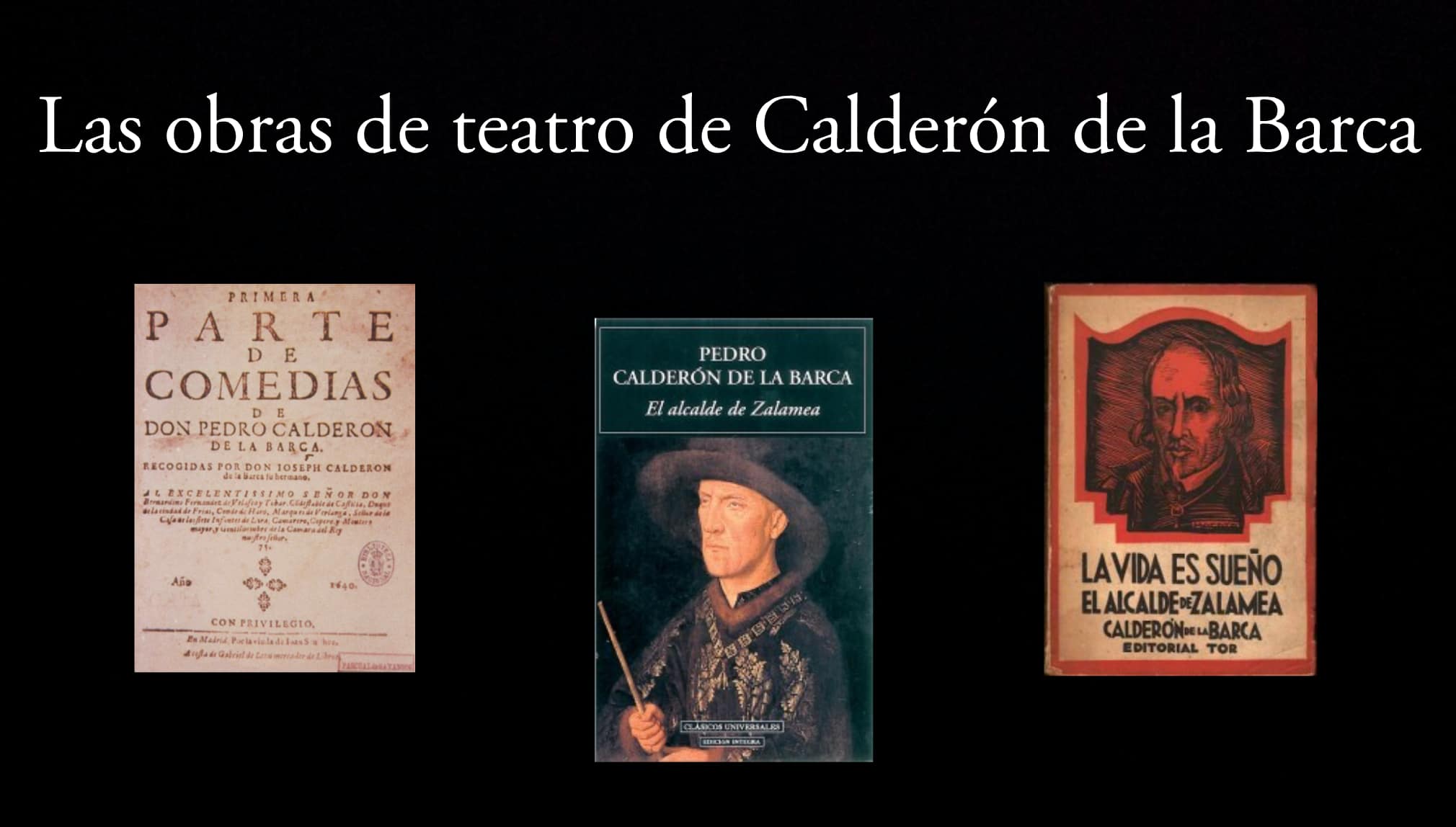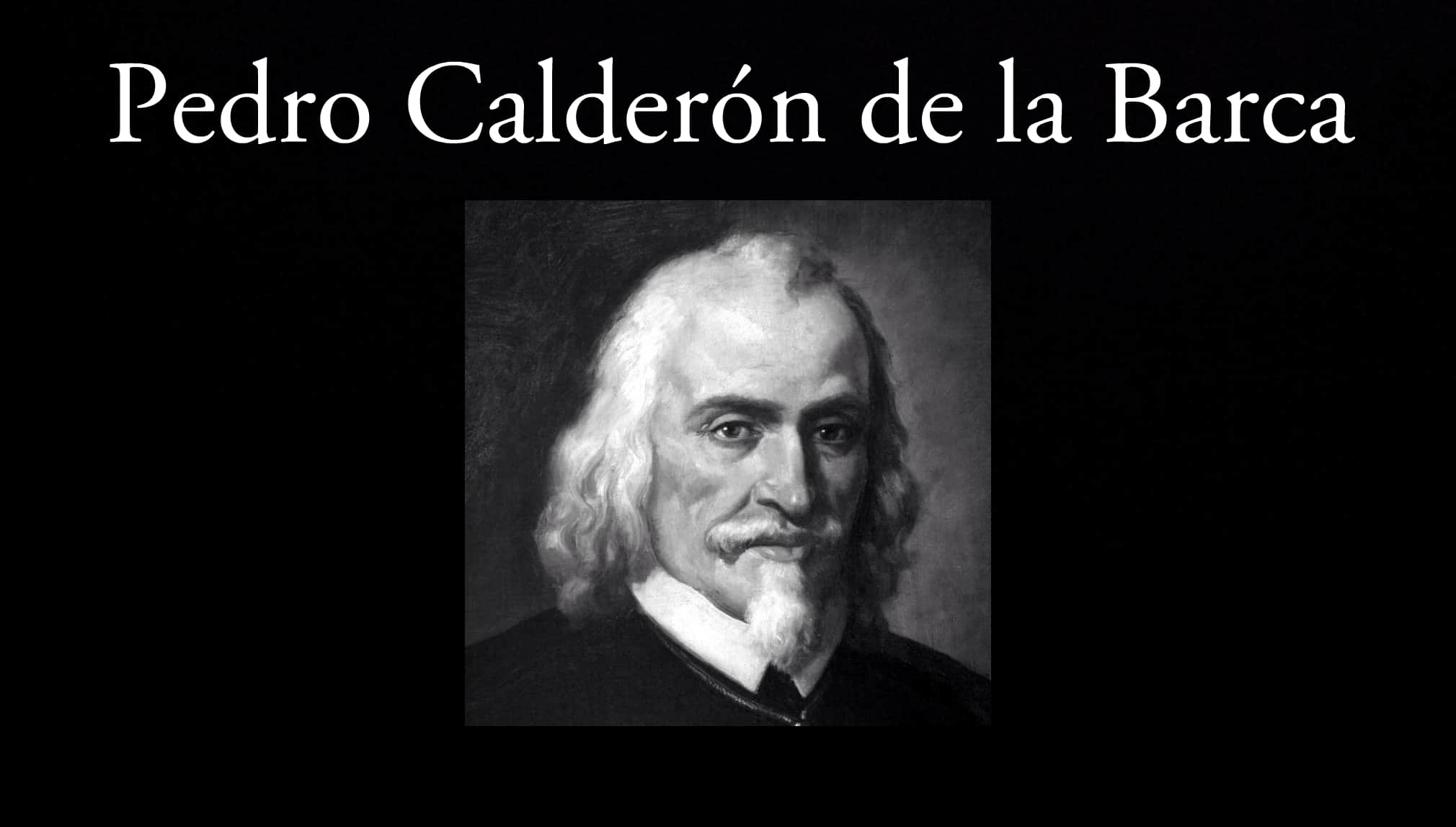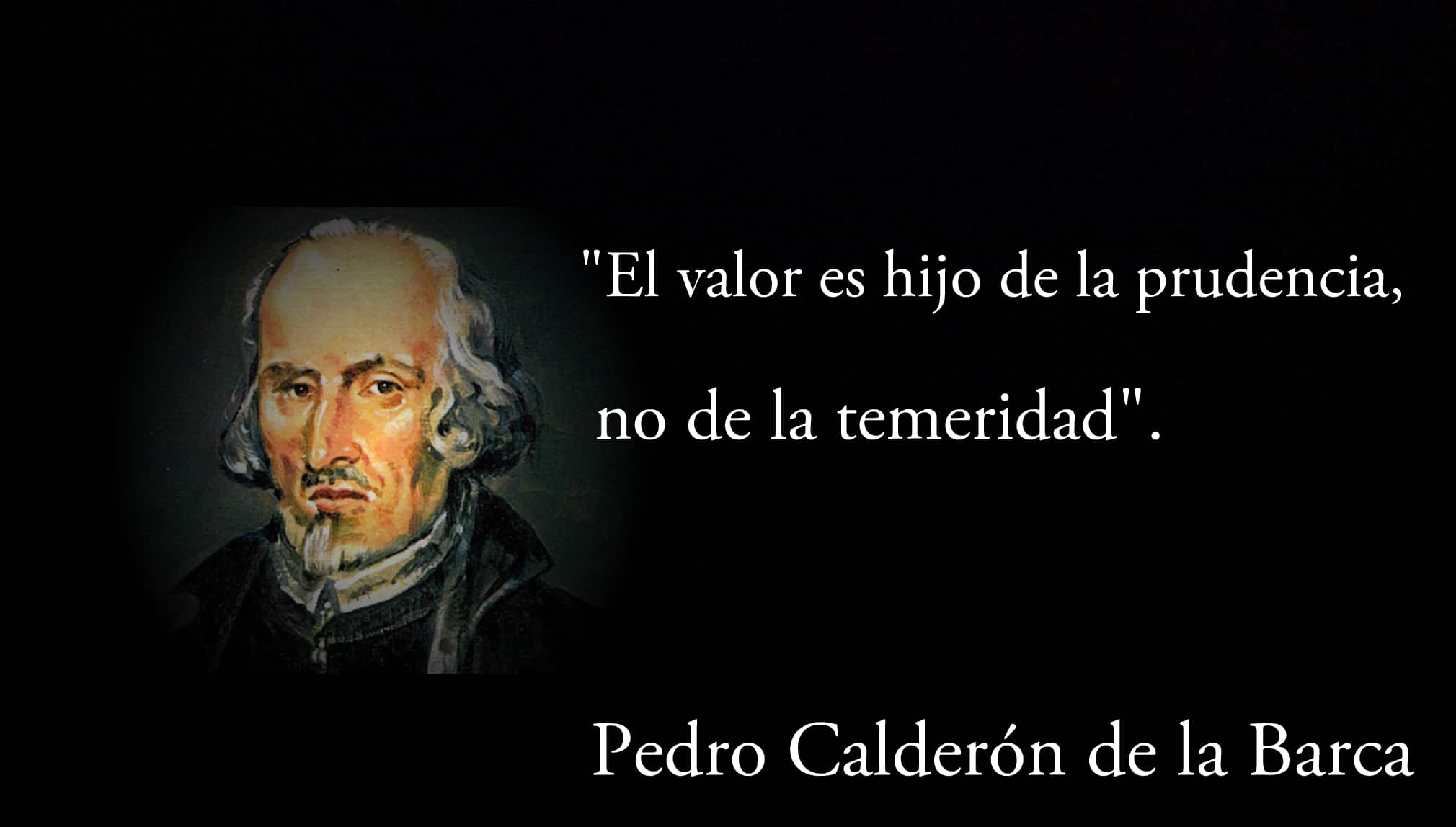
The plays by Calderón de la Barca.
The plays by Calderón de la Barca (1600 - 1681) are an icon of the tables worldwide. The author is considered one of the greatest theater writers of the Spanish Golden Age. Such distinction is shared with eminences of the stature of Miguel de Cervantes, Lope de Vega and Tirso Molina. The four created world-acclaimed plays, as well as a less widespread type of stage performance, but of sublime artistic quality: autos sacramentales.
Calderón de la Barca was also distinguished by other biographical facets; many of them are reflected in his theatrical creations. Among those we can mention: noble, military, intellectual, poet, ecclesiastical and exceptional witness of the main political and social events of the seventeenth century. Such versatility contributed substantially to the depth of their stories, their phrases and characters.
Childhood and youth of Pedro Calderón de la Barca
Birth, childhood and early studies
Pedro Calderón de la Barca and Barreda González de Henao Ruiz de Blasco y Riaño was born on January 17, 1600, in Madrid. He was the third of six children of the marriage between Diego Calderón and Ana María de Henao, both of noble origin. With just five years he began to go to school in Valladolid under the tutelage of his grandmother Inés de Riaño. In 1608 he entered the Imperial College of the Jesuits in Madrid.
In 1610 his mother died due to childbirth. In 1614, Diego Calderón remarried Juana Freyle Caldera, from a distinguished family, although with financial problems. That same year a teenager Pedro was admitted to the University of Alcalá, but interrupted his studies after his father died suddenly during 1615. At that time, a legal dispute arose over the terms of the inheritance between the stepmother and the children.
University of Salamanca and military career
When Doña Juana remarried in 1616, the Calderón brothers were left under the care of their uncle, Andrés González de Henao. Meanwhile, the young Pedro Calderón de la Barca enrolled at the University of Salamanca. During 1619 he graduated as a bachelor in canon and civil law.
However, he was not ordained as a priest (as his authoritarian father would have liked) and from 1922 he chose to join the military. It was a tough time, as he and his brothers were forced to sell their inherited assets in order to survive. During the following years, Pedro Calderón toured Flanders and northern Italy during various war campaigns in the service of the XNUMXth Constable of Castile.
First theatrical works
On June 29, 1623, his first known comedy was successfully premiered, Love, honor and power, on the occasion of the visit of Charles, Prince of Wales. After completing his military journeys in 1626, Pedro Calderón de la Barca was able to dedicate himself fully to his literary creations. However, he had already released Judas Maccabeus and many other theatrical works with the Juan Acacio Bernal company.
Characteristics of the theatrical works of Calderón de la Barca
A work of wide contrasts, difficult to organize
Calderón de la Barca's work has great features of plurality and contrast. Master the form and scene within a long-range performance characterized by complexity of thought. According to José María Díez Borque, "If the synthesis and articulation of the arts is one of the fundamental principles of baroque aesthetics, in Calderón (also a collector and theorist of painting) it is taken to its ultimate consequences."
As a result, organizing and classifying the theatrical works of the Madrid intellectual is a daunting task, given the vastness of its creation. According to an account made by himself months before his death, Calderón de la Barca produced one hundred and ten comedies, eighty autos sacramentales plus an indeterminate number of other short plays.
Formula "lopesca"
The illustrious Lope de Vega created a theatrical model that defined the baroque scene of the late 1630th and early XNUMXth centuries. By XNUMX, Lope de Vega had already praised Calderón de la Barca's talent for his scenographic sensitivity and musical integration. The exchange between the giants resulted in the evolution of a "lopesca formula" richer in artistic resources, purified of lyrical elements that are not very functional and with fewer scenes.
Likewise, the number of characters is reduced, while the plot is developed around a single protagonist. For Calderón, his love of painting represented an element of dramatic significance that integrates metaphors, rhetoric, and his perception of the world. Like baroque painting, biblical, mythological, historical themes and the magnificence of nature as divine creation abound in his work.

Pedro Calderon de la Barca.
In this sense, the works of Pedro Calderón de la Barca could be classified as follows (some examples are named):
- dramas: The physician of his honor; The painter of his disgrace; The daughter of the air.
- Serious and sitcoms: Life is a Dream; The mayor of Zalamea.
- Court comedies: The beast, the lightning and the stone; Echo and Narcissus.
- Swashbuckling satires: The goblin lady; There is no teasing in love.
- Sacramental cars: The great theater of the world; The protest of faith.
Character construction
The historical truths about the characters in Calderón's plays are an almost absolute constant. To the same extent they lack natural human expression, for they are full of hyperbole, metaphors, and innuendo. Its female protagonists are invested with a virtuous authority, with a rather masculinized demeanor.
By comparison, Calderón's male characters exhibit greater psychological depth. Some, like Don Gutierre de The physician of his honor, they are totally irrational because of their jealousy. They represent figures used in Calderonian tragedies, full of intrigues, suspicions and unleashed passions. Other characters, such as Segismundo or Don Lope Figueroa, are part of his unforgettable repertoire.
Polymetry reduction
Calderón de la Barca adapts the "lopesca formula" towards a literary model more focused on dramatic structure. For this reason, he synthesizes the verse repertoire by transforming his verses into octosyllables, hendecasyllables and, occasionally, heptasyllables. He frequently uses antitheses, metaphors, and hyperbole in order to emphasize the beauty of language.
Culteranism
Calderón demonstrates a masterful command of a rhetoric full of analogies, symmetries, oppositions, disintegrations and collections. The concepts in your sentences may appear repeatedly to make clear the preponderance of an idea in a context. Likewise, in many of his comedies symbols of Neoplatonic philosophy and resources such as the horoscope and prophecies appear to generate (false) expectations in the audience.
Cultism
The justification of the protagonists' motives, be they laudable or twisted — crimes of jealousy, for example — appear with impeccable logic, but ethically unacceptable. On the other hand, in Calderón's dialogues metatheatrical games predominate to a similar extent to intratextuality. That is to say, rewrites and parodies of works by other authors or of himself in a very conscious way are frequent.
Religious component
The mixture between sacred precepts and profane events are an inherent component of the religiosity of the peoples during the Baroque. In addition, Calderón's Jesuit training is reflected in the slogans of San Agustín and Tomás de Aquino, as well as in his Neoplatonic philosophy. In Calderón's theater, a kind of resignation is palpable as opposed to the apparent autonomy and validity of human actions.
God and man
Faith in God is an unquestionable issue that determines the approach to existential and rational issues. Thus, divinity is contemplated through the four elements of the natural world and is not the cause of man's earthly suffering. In the works of Calderón de la Barca, honor, freedom and moral responsibility appear faced with greed, envy, jealousy and Oedipal conflicts.
The arrival of tragic events
In the mid-1640s, a series of events occurred that rethought the life of Calderón de la Barca. First, the deaths of Queen Isabel del Borbón and Prince Baltasar Carlos produced two closing decrees (of one and three years, respectively) of the choral comedies. Later, the deaths of his brothers José (1645) and Diego (1647) plunged Calderón into a pronounced depression.
The sacramental cars
In 1646 his biological son, Pedro José, was born. Five years later he was ordained as a priest and in 1653 he obtained the chaplaincy of the New Kings of Toledo. So, Calderón prioritized the writing of the autos sacramentales, a theatrical genre characterized by theological reflections and visual subtleties.

Phrase by Pedro Calderón de la Barca.
Although he continued with the composition of comedies, the autos sacramentales dominated most of his creations. until his death on May 25, 1681. In fact, his last creation was the auto sacramental The lamb of Isaiah, completed five days before his death.
Datable theatrical works by Calderón de la Barca
- The confusing jungle (1622)
- Love, honor and power (1623)
- The schism of England (1627)
- House with two doors, bad is to keep (1629)
- The goblin lady (1629)
- The constant prince (1629)
- The band and the flower (1632)
- King Belshazzar's Supper (1632)
- The magic prodigy (1637)
- The biggest monster in the world (1637)
- The physician of his honor (1637)
- The two lovers of heaven (1640)
- The open secret (1642)
- The painter of his disgrace (1650)
- The mayor of Zalamea (1651)
- The daughter of the air (1653)
- The great theater of the world (1655)
- Beware of the still water (1657)
- Echo and Narcissus (1661)
- Fate and badge of Leonido and Marfisa (1680)
The text on Calderón de la Barca is very complete and entertaining. It has helped me a lot to know him better. Thanks